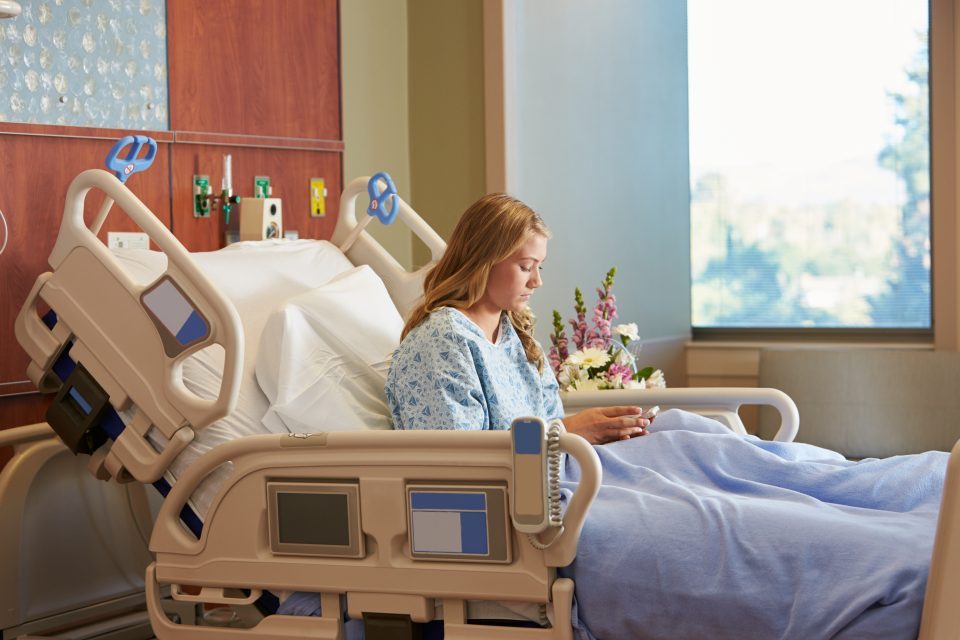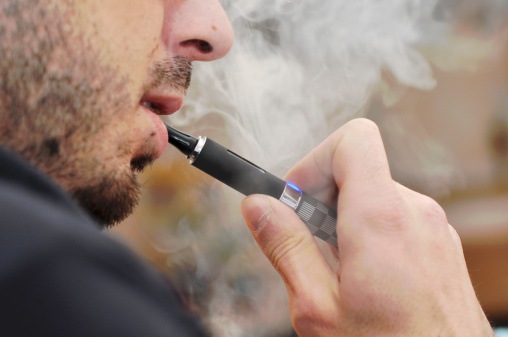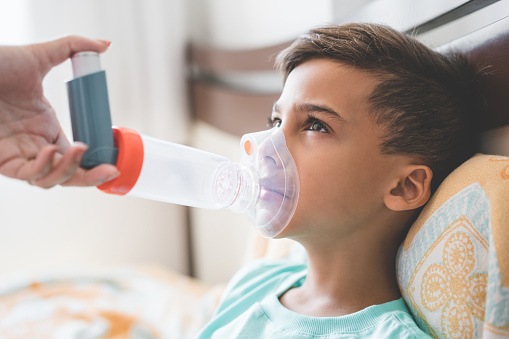
The use of a home cardiorespiratory monitor (HCM) has not been shown to reduce the risk of sudden infant death syndrome (SIDS), but it is used to identify apnea and bradycardia in high-risk infants. A study published online as part of the ATS 2020 International Conference analyzed outcomes and events in infants on an HCM.
The study was a retrospective chart review of infants on HCM from a large tertiary children’s hospital between 2017 and 2018. Gender, gestational age, indications, duration of monitoring, events recorded, reasons for discontinuing HCM, and mortality were assessed.
Final analysis included 750 infants (374 were girls) with a mean gestational age of 33.7 weeks. Most infants were on HCM due to a brief resolved unexplained event (66%). Other indications included apnea of prematurity (15.0%), feeding dysfunction (7.5%; dysphagia, gastroesophageal reflux disease), sibling of SIDS patient (6.0%), airway obstruction (3.0%; cleft palate, airway malacia, Pierre Robin syndrome), and seizures (2.5%). Mean HCM duration was 66.3 days. In more than half of infants (53%), no events were recorded; events that were observed included bradycardia (30%), apnea (11%), and apnea and bradycardia (6%). HCM was discontinued in all cases; reasons included physician orders (51%), against medical advice (19%), lost to follow-up (8%), and termination of service (22%) when there were no downloads obtained over four months. Five deaths (0.7%) occurred.
“Our study demonstrates several underlying diagnoses in infants as indications for HCM,” the study authors concluded. “We conclude that most of our patients on HCM did not have any recorded events such as apnea or bradycardia. Ongoing analysis of our data comparing indications for HCM with frequency of events and duration of monitoring may help identify infants who would benefit the most from HCM.”







 © 2025 Mashup Media, LLC, a Formedics Property. All Rights Reserved.
© 2025 Mashup Media, LLC, a Formedics Property. All Rights Reserved.